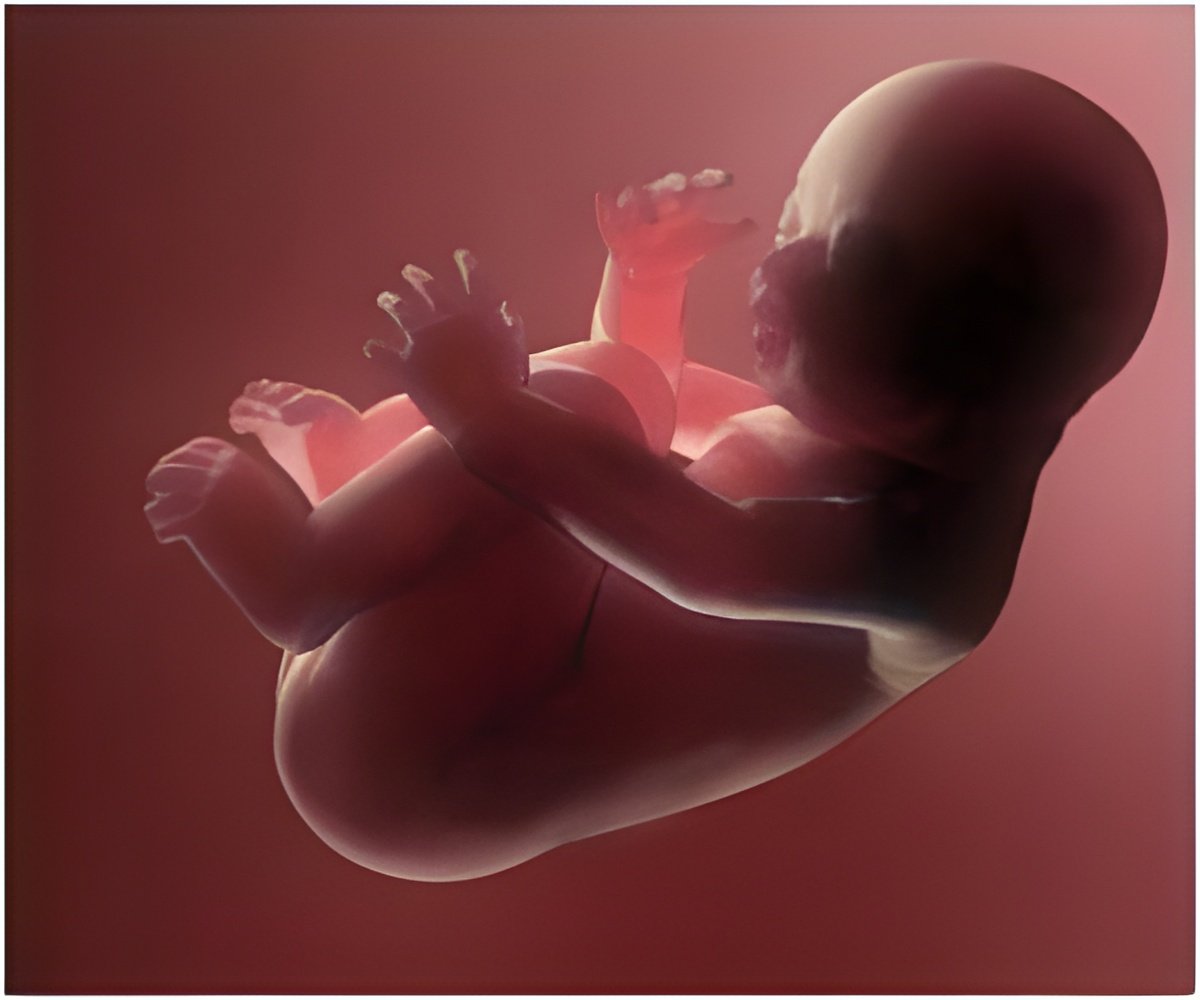
Even after decades of vigorous economic growth the poor health of children in India is one of the world’s most confounding public health issues. Anaemia affects 90 percent of adolescent girls in India and is a crucial factor.
Diane Coffey of Princeton University analysed data and found that 16.5 percent mothers in sub-Saharan Africa are underweight while 42 percent of Indian mothers are underweight. The average woman in India weighs less at the end of her pregnancy than the average woman in sub-Saharan Africa during the beginning of pregnancy.
“In India, people are richer, better educated and have fewer children than those in sub-Saharan Africa, so it’s really surprising that Indian children are shorter and smaller than those in sub-Saharan Africa. But when you step back and look at the state of Indian mothers, it’s not such a surprise after all,” Ms. Coffey said in an interview.
Research has shown that genetics play no role in the size differences, leaving environmental factors as the only explanation, Ms. Coffey said. “In India, young newly married women are at the bottom of household hierarchies. So at the same time that Indian women become pregnant, they are often expected to keep quiet, work hard and eat little.” Ms. Coffey said.
Mothers also suffer from the same sewage-borne infections that so often kill their babies, made endemic by the primitive sanitation in much of the country. It is likely that infectious disease is responsible for a signification portion of India’s pre-pregnancy underweight problem.
Advertisement













